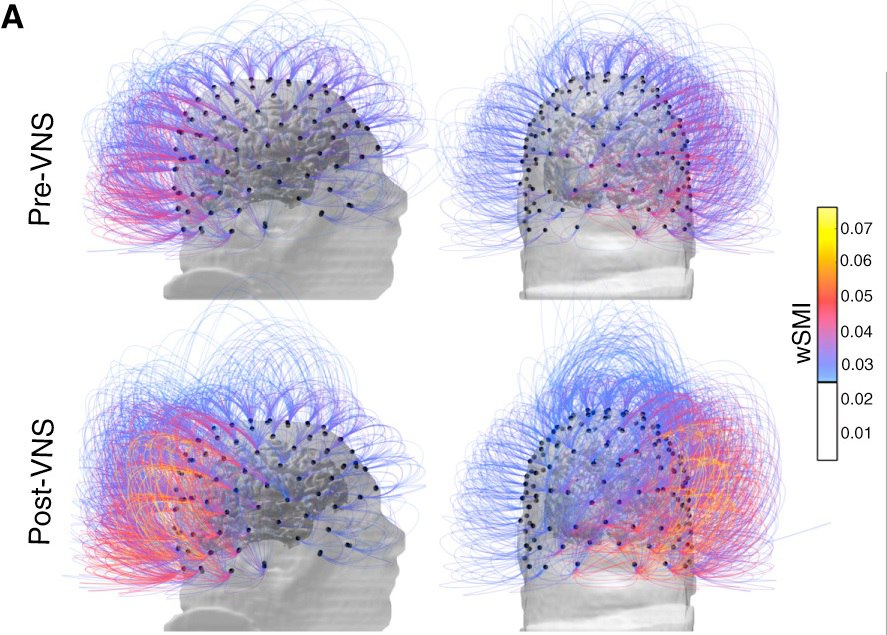Recovery of consciousness after 15 years of vegetative life with electrical stimulation
Neurosafari In an unexpected development, a new study shows that it is possible to restore consciousness in patients who have been in a vegetative state for a long time. ISC researchers Marc Jeannerod used a method in which they stimulate the brain through the vagus nerve.
According to Neurosafari, quoted by Science Daily, medical efforts are currently focused on people with unconsciousness disorder who are in a vegetative state or coma and are often incurable. At best, the recovery status of these people is uncertain. In a new study that comes with an unexpected breakthrough, it has been shown that there may be a solution to this condition. A team of researchers and doctors from the Institut des Sciences Cognitives (ISC) Marc Jeannerod in Lyon, France, restored signs of consciousness in a 35-year-old man who had been in a vegetative state for fifteen years using vagus nerve stimulation (VNS).
In this method, mild electrical pulses are sent to the brain at regular intervals through the vagus nerve. A new study shows that the VNS method, which until now has had a therapeutic role in epilepsy and depressive disorders, can be effective in restoring consciousness in patients with a vegetative state because the vagus nerve is the longest cranial nerve, connecting the brain to different parts of the body. It even connects the intestines and plays an essential role in maintaining the body’s essential functions, including alertness and wakefulness.
In this new study, a vagus nerve stimulator was placed on the chest of a patient who was in a vegetative state due to a car accident. The results of this study, by the research team led by Angela Sergio from ISC Marc Jeannerod, have been published in the journal Current Biology.
Hope to return to consciousness, on the way to realization
After one month of vagus nerve stimulation, improvements in the patient’s reactions were observed. He was able to respond to simple commands such as following an object with his eyes and turning his head when asked. The patient also showed improvement in his attention span; so that he could stay awake while listening to a book read by the therapist. He also regained his ability to respond to perceived threats from the environment. For example, when the examiner’s head was closer to his face, his eyes would widen in surprise.
Also, various brain tests showed improvement in brain activity. Theta wave spectrum in the patient’s electroencephalogram (EEG) showed a significant increase in the areas of the brain involved in movement, sensation and consciousness. Theta waves in distinguishing between “vegetative” state and “minimum alertness”
https://goo.gl/s6tUSh
Join the Neurosafari brain and neuroscience Telegram channel:
https://telegram.me/joinchat/CihxzDwTa19DOIUZRYLVjw
This post is written by neurosafari
